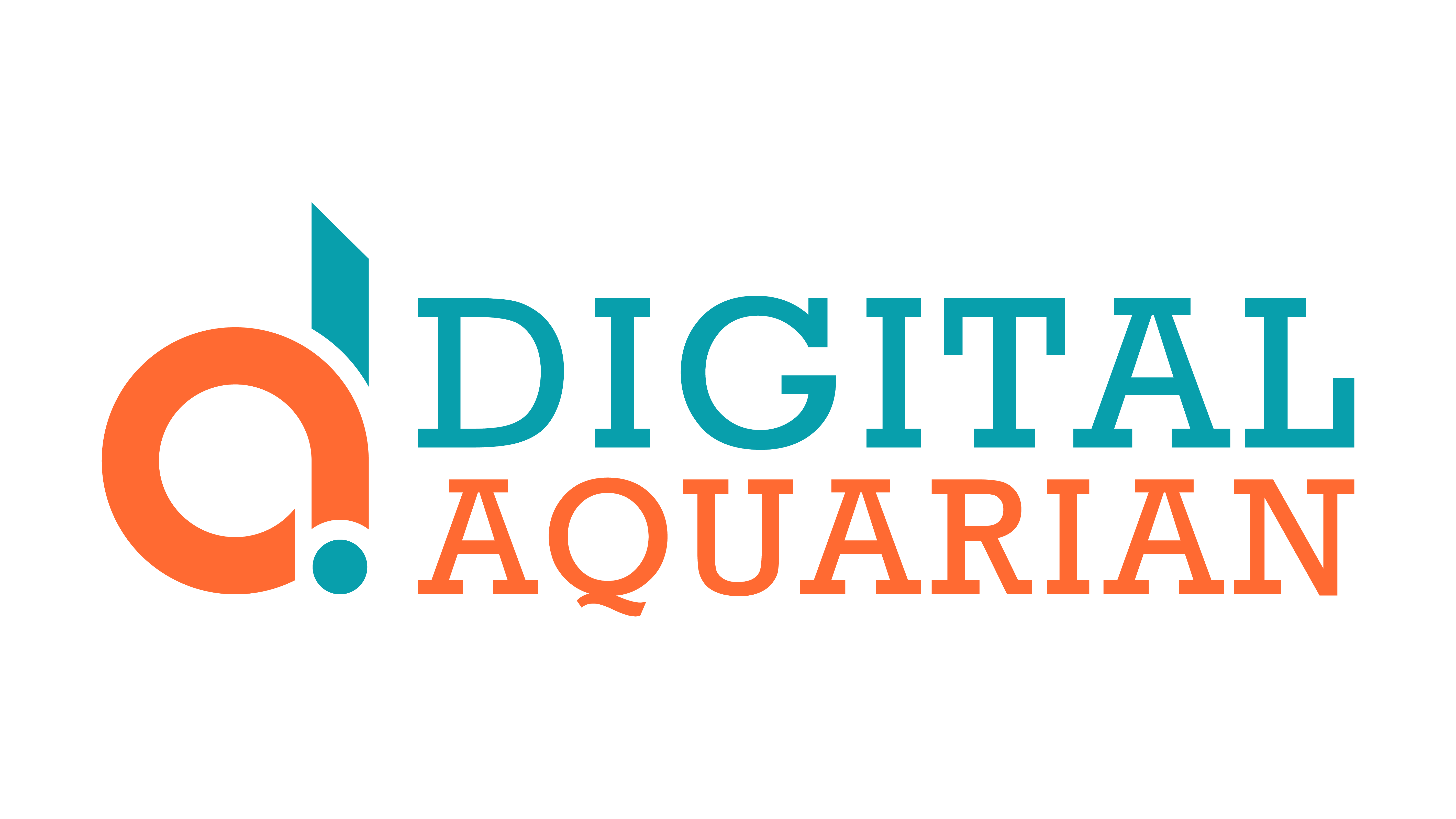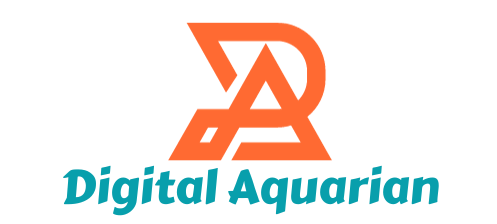
Graphic design is a creative and visual communication discipline that involves the use of images, typography, and other visual elements to convey ideas or information. Graphic designers utilize their artistic and technical skills to create visually appealing and effective designs that communicate a message or tell a story. Here are key components and aspects of graphic design:
Key Elements of Graphic Design
- Images and Illustrations:
- Graphic designers often work with images and illustrations to convey information or evoke specific emotions. This may involve creating original illustrations or incorporating existing visuals into a design.
- Typography:
- The selection and arrangement of fonts (typography) play a crucial role in graphic design. Designers choose fonts that complement the overall design and enhance readability.
- Color:
- The choice of color is a fundamental aspect of graphic design. Colors evoke emotions and can be used strategically to convey a particular mood or message.
- Layout and Composition:
- The arrangement of visual elements on a page or screen is known as layout and composition. Designers consider balance, hierarchy, and flow to create visually appealing and organized designs.
- Whitespace:
- Whitespace, or negative space, is the empty space around design elements. It helps improve readability, focus attention, and create a sense of balance in the overall composition.
- Brand Identity:
- Graphic designers often play a crucial role in developing and maintaining a brand’s visual identity. This includes creating logos, color schemes, and other visual elements that consistently represent a brand across various platforms.
Applications of Graphic Design
- Print Design:
- Graphic designers create materials for print, such as brochures, posters, business cards, magazines, and packaging.
- Digital Design:
- With the rise of digital media, graphic designers also work on digital platforms, creating designs for websites, social media, mobile apps, and other online channels.
- Advertising:
- Graphic design is integral to advertising. Designers create visual elements for advertisements in various formats, including online ads, billboards, and print ads.
- UI/UX Design:
- User interface (UI) and user experience (UX) designers focus on creating visually appealing and user-friendly interfaces for websites and applications.
- Motion Graphics:
- Some graphic designers specialize in motion graphics, which involve the use of animation and visual effects to convey information or enhance storytelling.
- Environmental Design:
- Graphic designers may work on large-scale projects such as environmental design, creating visual elements for spaces like museums, exhibitions, and public installations.
Tools Used in Graphic Design
- Adobe Creative Suite:
- Programs like Adobe Photoshop, Illustrator, and InDesign are industry-standard tools used by graphic designers.
- CorelDRAW:
- CorelDRAW is another popular graphic design software suite.
- Sketch:
- Sketch is a vector graphics editor used for web and digital design.
- Canva:
- Canva is a user-friendly online platform that allows individuals with varying levels of design expertise to create visually appealing graphics.
Graphic design is a dynamic field that continues to evolve with advancements in technology and design trends. It plays a vital role in shaping the visual aspects of our daily lives, influencing how we perceive and interact with information in both digital and physical spaces.

